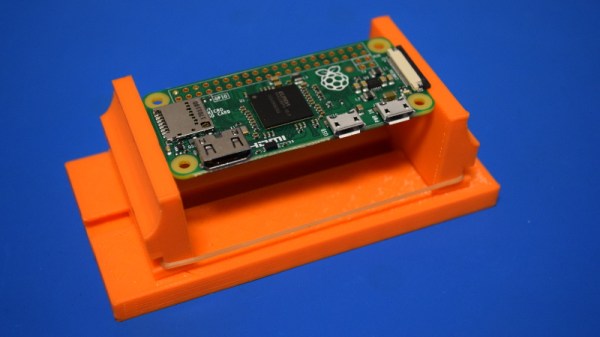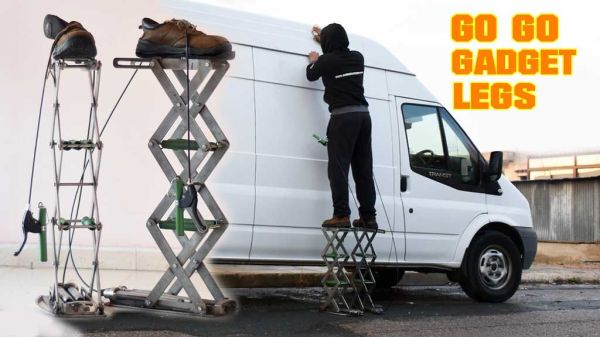These days, unit conversions aren’t something we have to worry about so much. If you’re sitting at a computer, you can usually just tap away in your browser to get a quick conversion done, or you can ask your smartphone for an answer. [HackMakeMod] wanted a bespoke device for this, though, and built a tiny little retro-styled unit converter.

It’s a straightforward build that uses a handful of familiar components. An ESP8266 D1 Mini development board is the heart of the operation, running off a small battery harvested from a disposable vape pen. It runs a 0.96 inch OLED display which has a menu system for selecting from a whole bunch of different unit conversions. Navigating the menu is done via a rotary encoder with an integrated push button. Everything’s wrapped up in a neat 3D printed enclosure that was given a nice worn, weathered finish after printing.
[HackMadeMod] also clearly thought about usability, too. Turning the encoder dial faster ramps up the numbers exponentially so you’re not stuck jogging for ages when you need to enter a bigger figure.
It’s not something a lot of us would have a use case for, given that smartphones are always there and probably faster to use. However, it is a tidy little gadget, and a well-presented one at that. Video after the break.
Continue reading “Retro Unit Converter Is A Neat Little Gadget”














